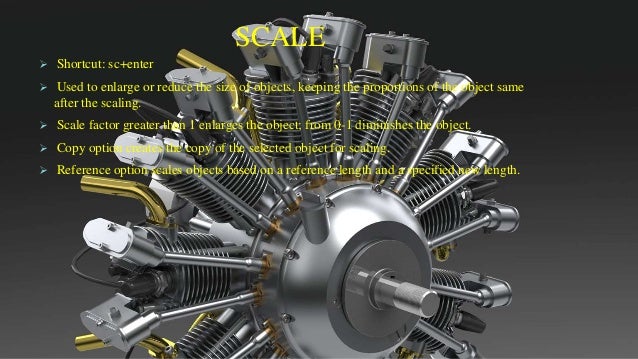
HHS initiatives that target this population encompass a range of human services, health, and behavioral health services. Individuals, families, and communities served by HHS programs are affected by high rates of incarceration. Because reintegration to the community after incarceration intersects with issues of health, housing, education, employment, family, faith, and community well-being, the U.S Department of Health and Human Services (HHS) and other federal agencies are focusing on the reentry population with activities that aim to improve outcomes in these areas. Through the Federal Interagency Council on Crime Prevention and Improving Reentry, federal agencies are working together to enhance community safety and well-being, assist those returning from prison and jail in becoming productive citizens, and save taxpayer dollars by lowering the direct and collateral costs of incarceration.

Without mass incarceration, it is estimated that 5 million fewer Americans would have been poor between 19.
MINICAD 6 RELEASE YEAR DRIVER
Mass incarceration has been a major driver of poverty.

Roughly 1 in 28 children currently has a parent behind bars. There is also more family distress and community instability. When reentry fails, the costs are high - more crime, more victims, and more pressure on already-strained state and municipal budgets. More than two-thirds of prisoners are rearrested within 3 years of their release and half are reincarcerated.

Another 9 million cycle through local jails. Each year, more than 600,000 individuals are released from state and federal prisons. At any one time, nearly 6.9 million people are on probation, in jail, in prison, or on parole in the United Sates.


 0 kommentar(er)
0 kommentar(er)
